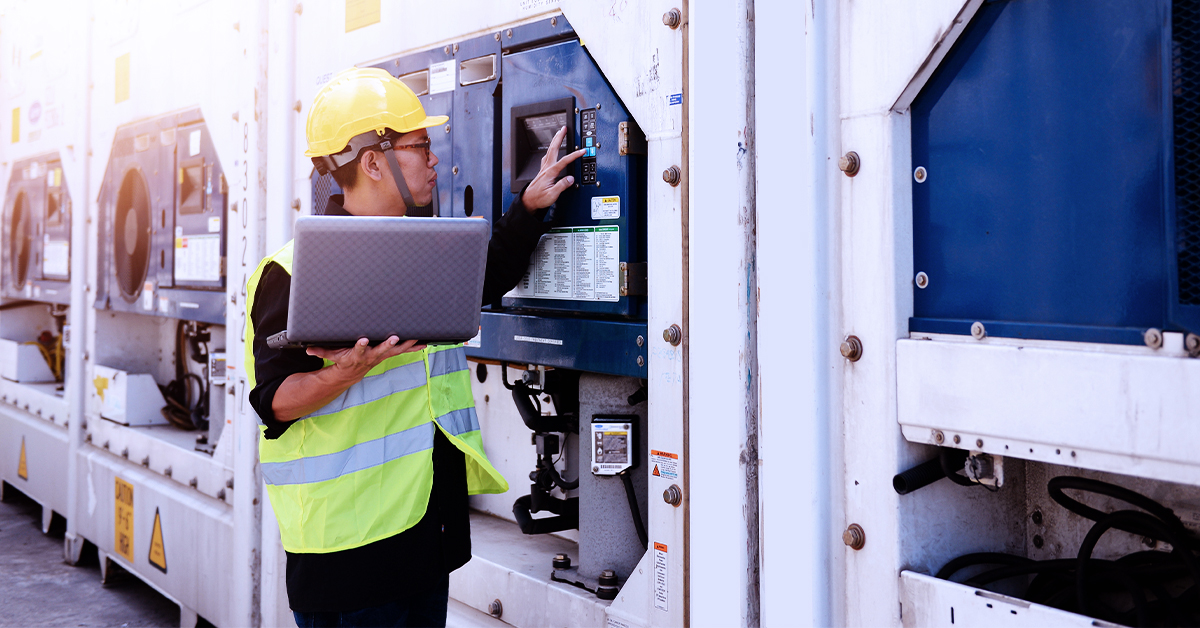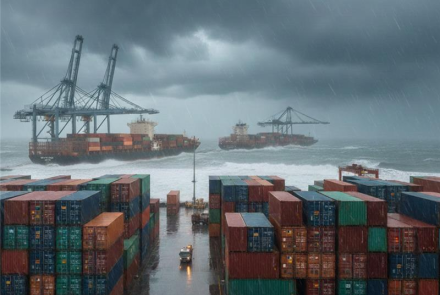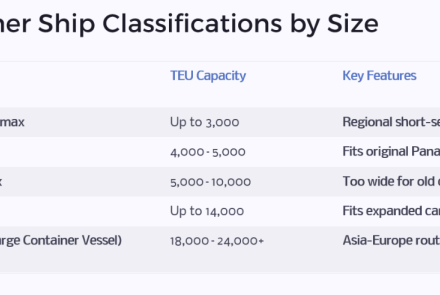Repair and Maintenance of Reefer Containers

Reefers are refrigerated shipping containers used for transporting perishable cargo across the oceans on long voyagesto deliver them to distant markets. The reefer business is one of the fastest-growing areas in the shipping arena.
Once on a ship, reefer containers must perform flawlessly to ensure that the cargo reaches its destination without deterioration in qualitythat could arise from malfunctioning in the reefer unit. Pre-Trip Inspections (PTI) on reefers is a mandatory procedure undertaken to ensure that all parameters are working well before the container is handed over to the shipper for loading the cargo.
Regular reefer maintenance guarantees the optimum performance of the containers, the machinery inside, and ensures their extended serviceable life. Let’s look at the various sections within a reefer unit and the role they perform:
Compressor:
The compressor is the heart of the cooling mechanism. It contains a modulating and suction solenoid valve for controlling the quantity of refrigerant gas flow. Safety fittings in the compression section include moisture liquid indicator, pressure release valve and filter drier. Other mechanisms like compressor suction and discharge sensors, supply air temperature sensors and ambient sensors further help to monitor the safe working of the compressor unit.
Condenser:
This contains a condenser fan and its motor, air-cooled condenser coil and condenser saturation sensor.
Evaporator:
This section consists of a temperature sensing bulb, return recorder bulb sensor and a thermostatic expansion valve that controls the flow of refrigerant and maintains the set temperature. Its assembly consists of an evaporator coil and heater, defrost and heat transmission switches. The evaporator fan distributes air inside the container by pulling air on top of the refrigeration unit and directing the air through the evaporator coil.
Fresh air vent:
This provides ventilation for goods that require clean air circulation but must remain closed while transporting frozen goods.
Here are some of the best practices to employ while undertaking the repair and maintenance of reefer containers:
- Power supply should remain disconnected when carrying out maintenance.
- When charging the refrigerant or working on the unit, wear safety glasses and gloves.
- Stay clear from the evaporator and condenser fan.
- During arc welding on the unit or its compressor, disconnect all wire harness from the module in the control box. But while disconnecting the wire harness from the module, wear a static-safe wrist wrap.
- Refrigerants such as phosgene gas carry certain inherent risks if inhaled, so the staff involved in the maintenance should exercise caution.
- In the event of an electrical fire, immediately open the circuit switch and use a CO2 fire extinguisher.
- Compressed gas bottles must be handled with care while charging the refrigerant.
To reduce the chances of refrigerant gas leakage during voyages, particular attention must be paid while inspecting pipes during maintenance work. Suspected pipelines are sprayed with soap water to detect bubbles and thus identify the exact location of the leakage. Other leak detectors commonly used are halide lamps and portable electronic leak detectors.
Smooth and unhindered airflow inside reefers determines how well these containers function to maintain the optimum temperature levels, so maintenance personnel routinely devote special attention to this area of operation. The right temperature control, air exchange and circulation play crucial roles. Water, moisture and condensation inside reefers can damage the cargo by the buildup of mold, bacteria and weaken the packaging material. Before delivery to customers, the supplier must ensure that the reefers are clean, dry and in good condition.
- Log in to post comments






